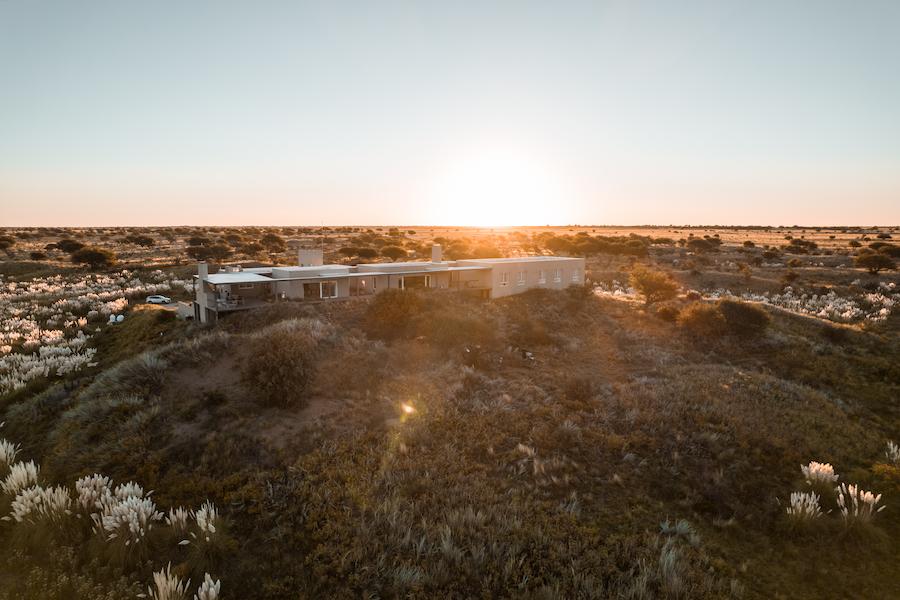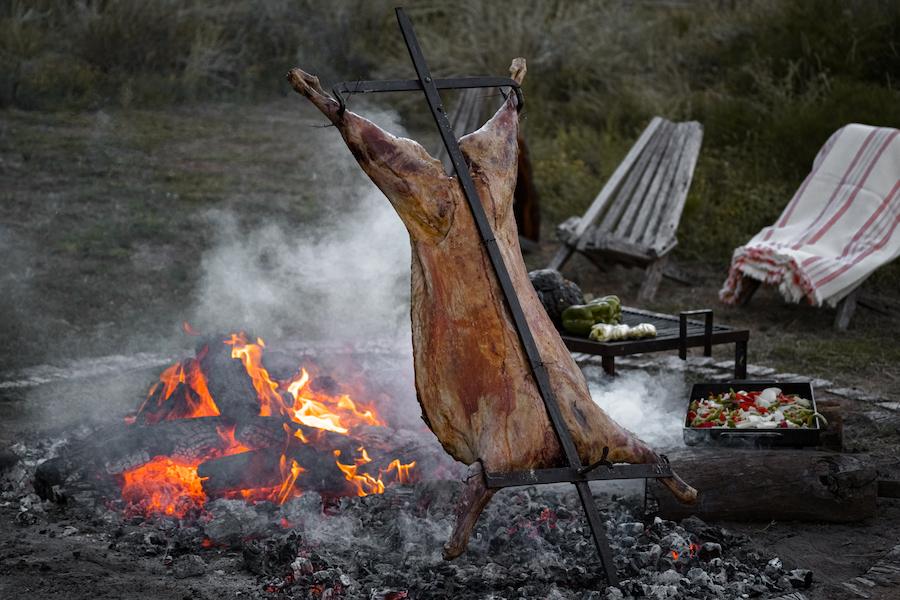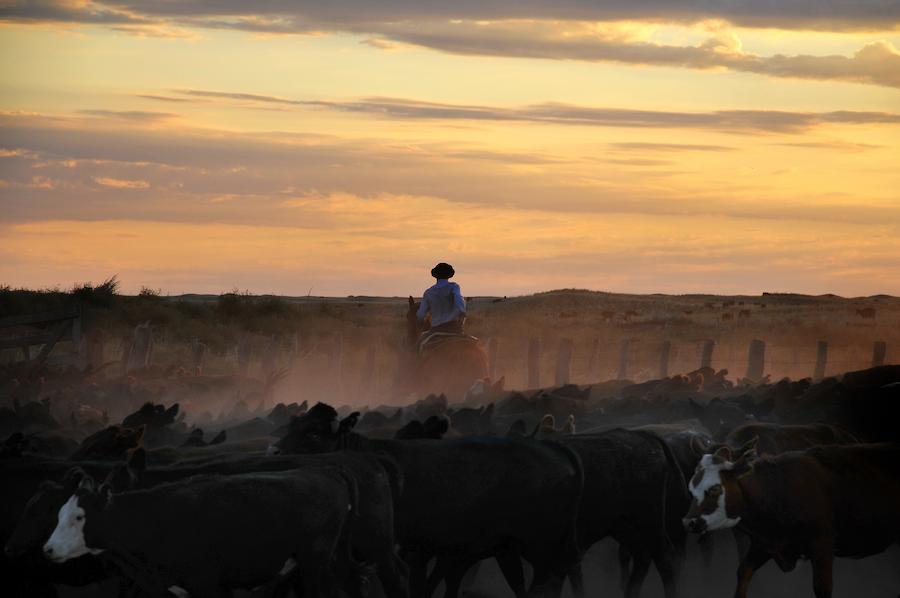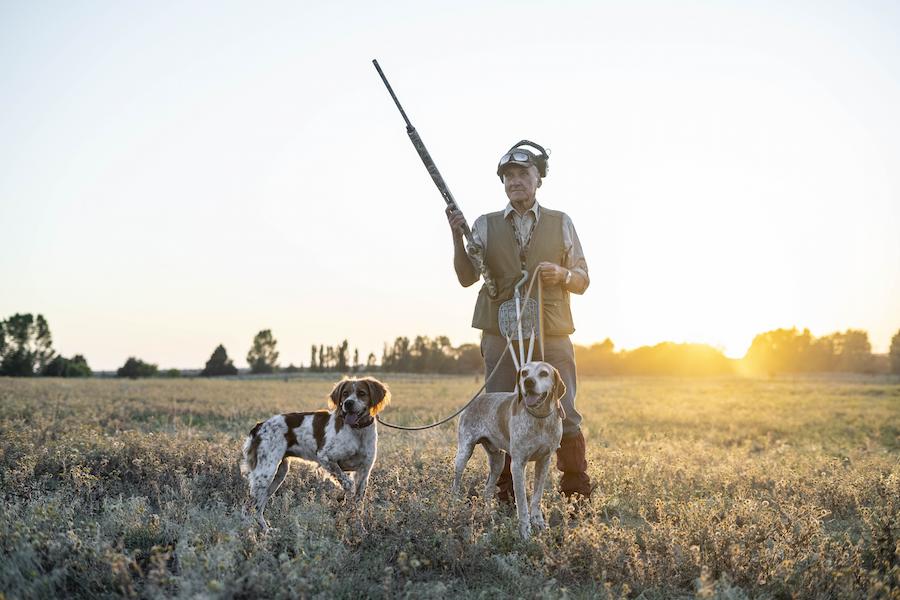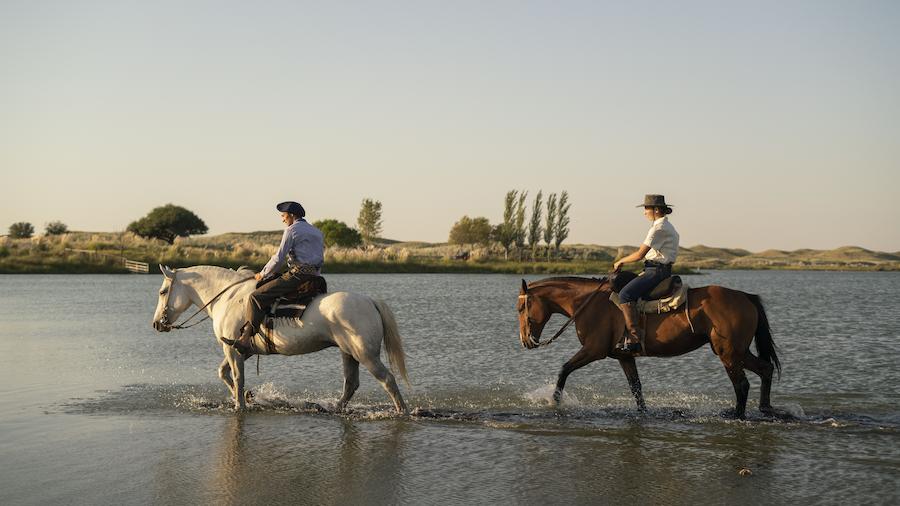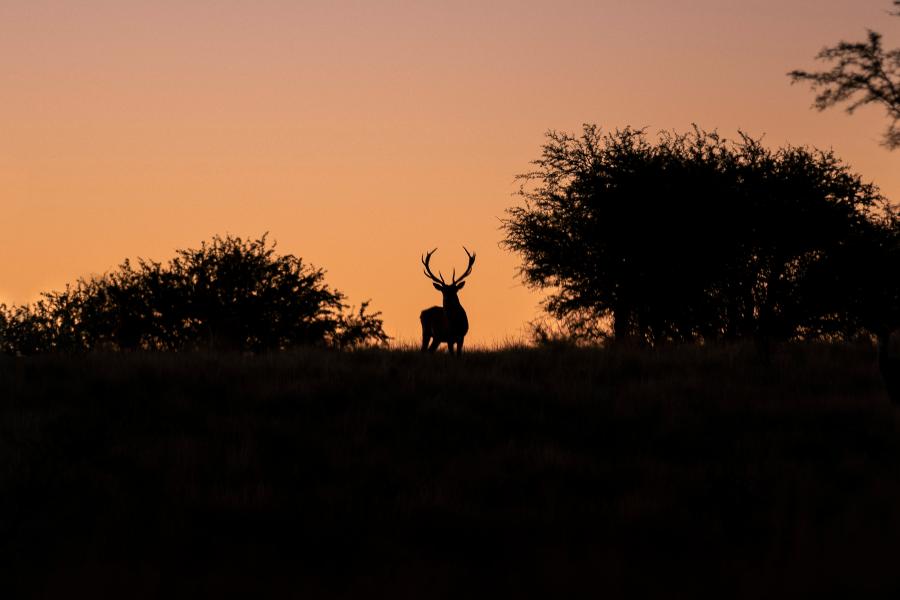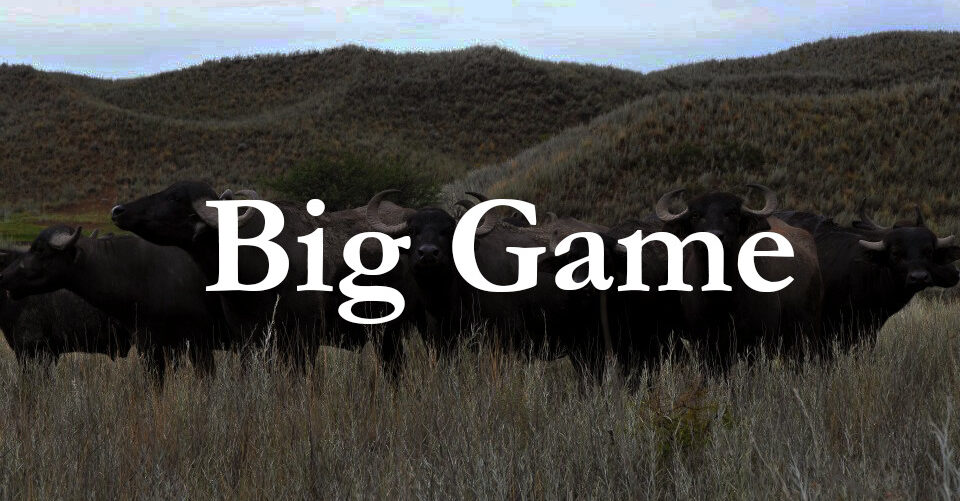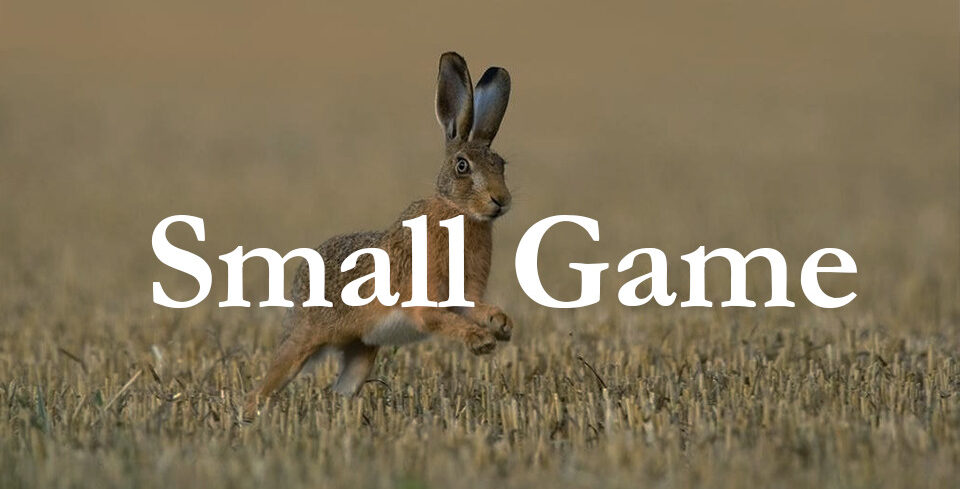Deer sheds, also known as antlers, are a highly sought-after item for hunters, hikers, and nature enthusiasts alike. These naturally shed antlers can be used for decoration, crafting, or even as dog chews. However, finding deer sheds can be a challenging task, especially if you’re not familiar with the terrain or the habits of these elusive creatures. In this article, we’ll provide you with tips and tricks for finding deer sheds, so you can increase your chances of success.
Understanding Deer Behavior
Before we dive into the specifics of how to find deer sheds, it’s important to understand the behavior of deer. Deer typically shed their antlers in late winter or early spring, after the mating season has ended. This is because the antlers, which are made of bone, are no longer needed for the purpose of attracting mates or fighting off rivals. Shedding antlers also allows deer to conserve energy during the winter months, as they no longer have to carry around the extra weight.
Deer typically shed their antlers in areas where they spend a lot of time, such as feeding or bedding areas. They may also shed their antlers while running or jumping, so keep an eye out for areas with high brush or obstacles. Additionally, deer tend to follow the same paths or trails when moving through their habitat, so look for areas where multiple trails converge.
Scouting for Deer Sheds
Now that you understand the behavior of deer, it’s time to start scouting for sheds. Here are some tips and tricks to help you find deer sheds:
1. Look for areas with high deer activity. This could be areas with a lot of deer tracks, droppings, or feeding areas. Deer are creatures of habit, so they tend to return to the same areas repeatedly.
2. Search for sheds during the right time of year. As mentioned earlier, deer typically shed their antlers in late winter or early spring. This is the best time to search for sheds, as they will be most visible and not yet covered by vegetation.
3. Use binoculars or a spotting scope to scan the area. This will help you cover more ground and spot sheds from a distance. Look for anything that stands out, such as a white or brown antler against a green background.
4. Walk slowly and scan the ground. While binoculars or a spotting scope are helpful, you’ll still need to get up close and personal to find sheds. Walk slowly and scan the ground for anything that looks out of place.
5. Look for sheds in areas with high brush or obstacles. As mentioned earlier, deer may shed their antlers while running or jumping. Look for areas with high brush or obstacles, as sheds may get caught or snagged on these.
6. Check fence lines and creek crossings. Deer often jump over fences or cross creeks, which can cause their antlers to fall off. Check these areas for sheds.
7. Look for sheds in areas with a lot of sunlight. Sunlight can help illuminate sheds and make them easier to spot. Look for areas with a lot of sunlight, such as open fields or south-facing slopes.
8. Don’t give up too soon. Finding deer sheds can be a challenging task, and it may take some time before you find your first one. Don’t get discouraged and keep searching. The more time you spend in the woods, the better your chances of success.
Conclusion
Finding deer sheds can be a rewarding and exciting experience, but it requires patience, persistence, and a little bit of luck. By understanding the behavior of deer and scouting for sheds during the right time of year, you can increase your chances of success. Remember to look for sheds in areas with high deer activity, use binoculars or a spotting scope to scan the area, and check fence lines and creek crossings. With these tips and tricks, you’ll be well on your way to finding your first deer shed.
